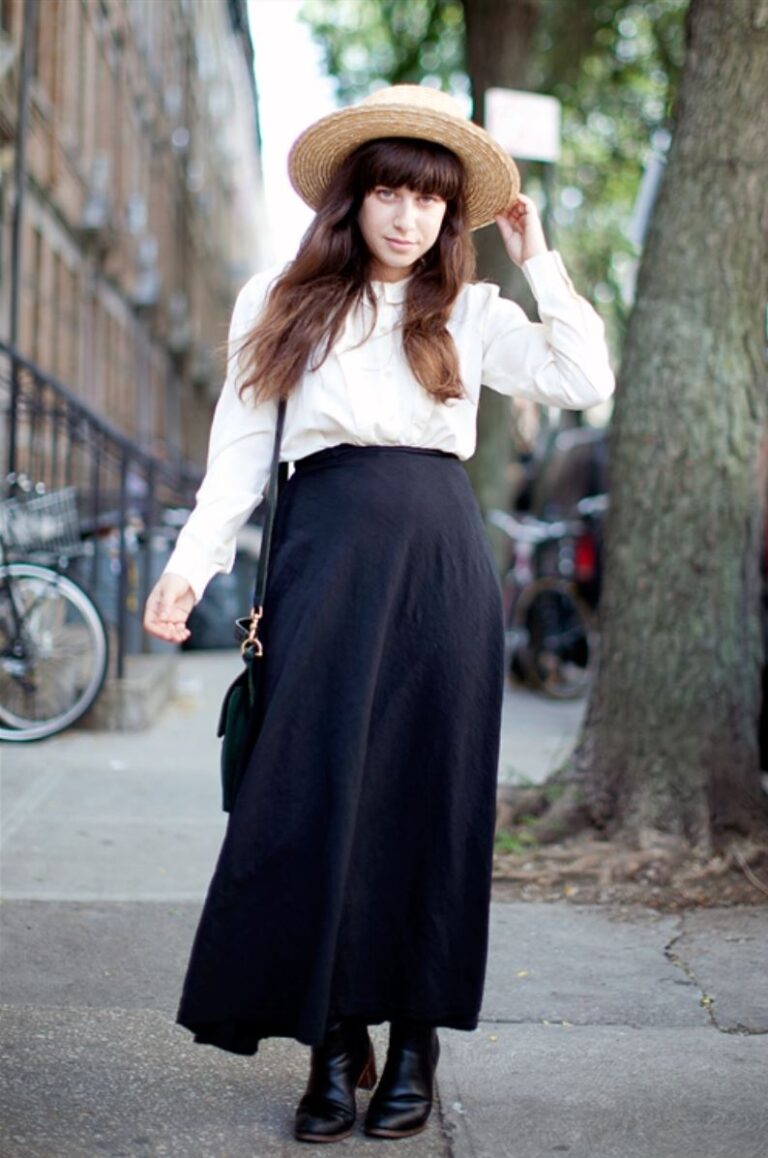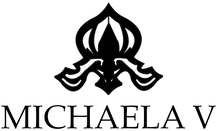There was once a time when American flight attendants had uniforms designed by Pierre Balmain, Halston and Emilio Pucci, as well as other notable names. In the past, the attendant was a model of sorts—each woman had to measure a certain height and weight proportion (a 5’4″ woman couldn’t weigh more than 125 pounds in order to apply for a stewardess position with American Airlines), and was required to be single and reasonably attractive, as determined by each airline. Teeth had to be white and even, without any visible defects, and hands had to be well-groomed with no signs of nail-biting, according to National Airlines. A woman applying for Delta had to send in two pictures with her application form, one close-up of her face and one full-body shot, to help with the decision process.
While none of those practices would fly now, the uniforms themselves were, for the most part, indicative of the current fashions that were sweeping the nation. From spectator shoes to go-go boots and wool capes to hot pants, the history of American flight attendant uniforms functioned as a much larger part of the history of American fashion as a whole .Scroll through to view the greatest uniform moments brought to you by seven of America’s most recognizable airlines.

United Airlines
Ellen Church, the first flight attendant in history, created the position after convincing United Airlines (previously named Boeing Air Transport) of the need for female “caregivers” aboard commercial flights. United’s first rendition of the flight attendant uniform included a wool cape over a skirt suit and an inflight nurses’ cap to be worn in the hopes that the attendants would project an air of professionalism.
Hollywood-based designer Jean Louis was awarded a record-setting uniform contract from United in order to create the iconic mod dresses that characterized the look of the stewardess in the ’60s. He designed the next three wardrobe updates as well, seeing the women through a seamless transition from minidresses to plaid printed everything.

Delta Airlines
Delta’s first flight attendant uniform was a light-colored skirt suit complete with low-heeled brown and cream shoes. Delta stewardesses were decked out in pastels, paisleys and “huntsmen” caps that left enough room for their beehives. Soon after that, another wardrobe update in the ’70s stood out as the first time that the uniform did not include a hat. Unfortunately, 1983–2001 marked the longest time in Delta’s history that attendants went without a wardrobe update, for reasons still unclear to everyone.

American Airlines
American Airlines didn’t update their stewardess uniform quite as often, which made the “American Beauty” uniform of the ’60s that much more of a jaw-dropper. However, the red, white and blue belted mini dresses were quickly shifted out in favor of an early ’70s look, which included a pant option for the first time.

Trans World Airlines
Founded by Howard Hughes, Trans World Airlines ran successfully for almost a century before merging with American Airlines. TWA was the first airline to collaborate with a fashion designer on its uniforms. Pierre Balmain designed the new look, characterized by the pill box hat and white or black gloves.

Southwest Airlines
Southwest Airlines wasn’t established until the early ’70s, which may have put it behind its competition in terms of name recognition, but it found no problem in gaining attention through its flight attendant uniforms. The very first issued uniform consisted of laced up go-go boots and hot pants in Southwest’s signature orange hue. In the winter, equally head-turning striped pants replaced the shorts, and later in the decade they classed it up a little by adding blazers and switching out the white go-go boots for leather ones. However, from the ’80s onward, it appeared as though they banned anything that could possibly be misinterpreted as sexual.























